Short Visual History Of Tattoo Tools
As long as people have wanted to piss off their parents be part of a social group, there have been tattoos. Part of the human condition for over 5,000 years, tattoo tools have come in variety of shapes and sizes. However, they all share one trait. (Hint: They're pointy)
-
Ancient Egyptian Needles

Tiny bronze tattoo needles discovered at an Egyptian dig. These date back to 1450 B.C. but the oldest on record are from before 3000 B.C. Source: Tattoo Road Trip
-
Ancient Thai Needle Kit
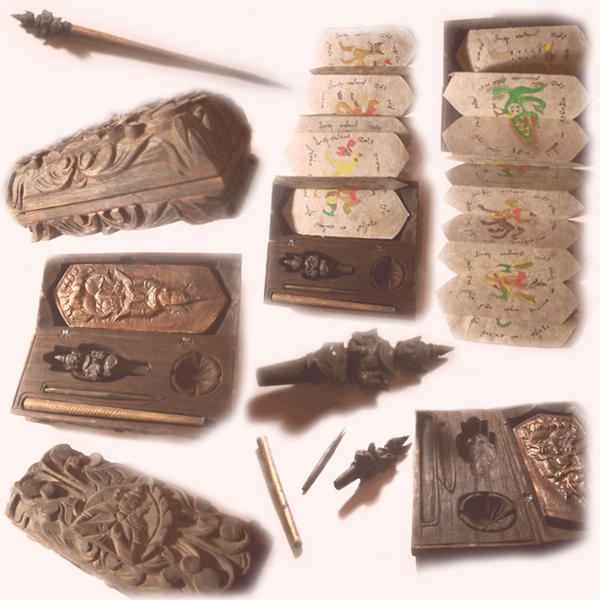
Traditional Thai tattoo tools were made from quill-like bamboo needles. Split in two and razor sharp, they range from six to twelve inches in length. Source: Naga Tattoo
-
Maori Chisel
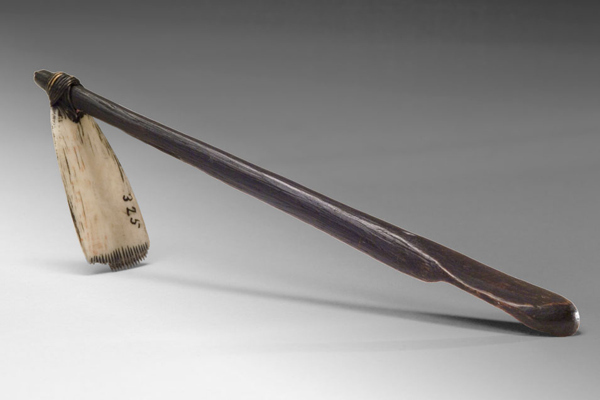
The Maori of New Zealand used bone chisels to carve designs straight into the flesh. After the lines were cut, the chisel was dipped into ink and and tapped into the gashes. Source: PEM
-
Polynesian Rake Needle
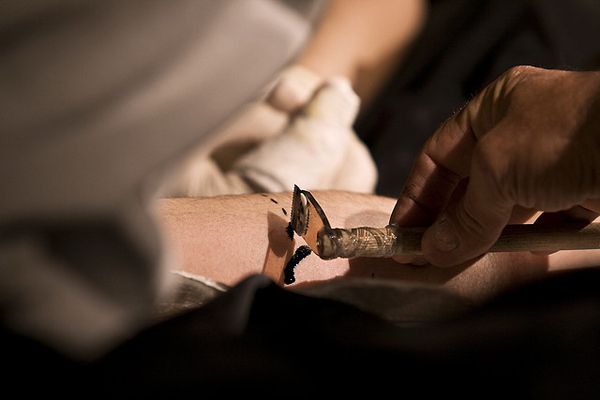
Polynesian tattoos required two people. The artist used a rake like tool to hold the ink and a hammer to puncture the skin. The assistant would hold the skin taught so the vibrations wouldn't affect the design. Source: Tomoski
-
Japanese Tebori Needles
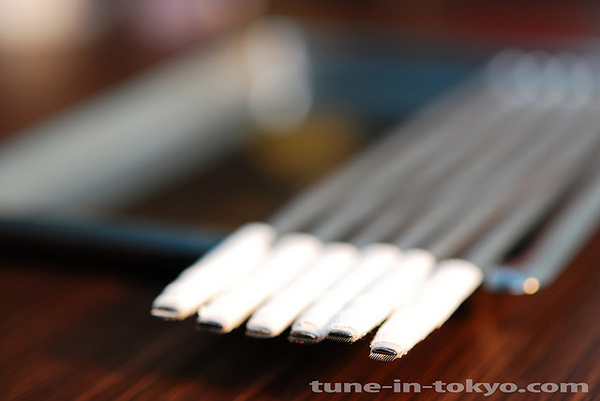
Tebori tattoos are done completely by hand, with the tattoo artist creating a rhythm with his hand motions similar to that of an electric machine. Source: Tune In Tokyo
-
Edison's Electric Pen
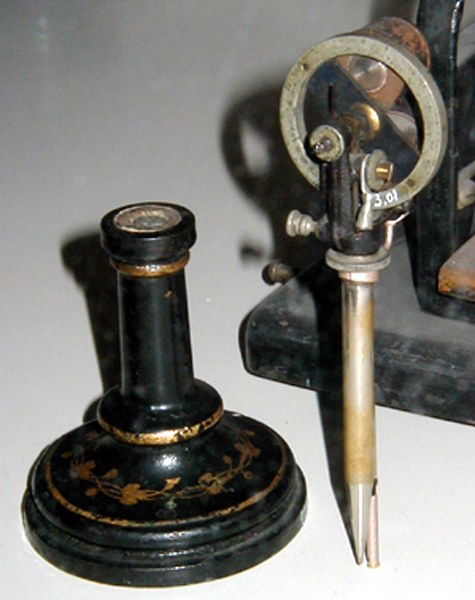
In 1876, Thomas Edison created an electric stencil pen for some unknown reason. While the pen never took off commercially, it was converted into a forerunner of the modern tattoo machine. Source: Engtechmag
-
O'Reilly's Rotary Two Coil Needle
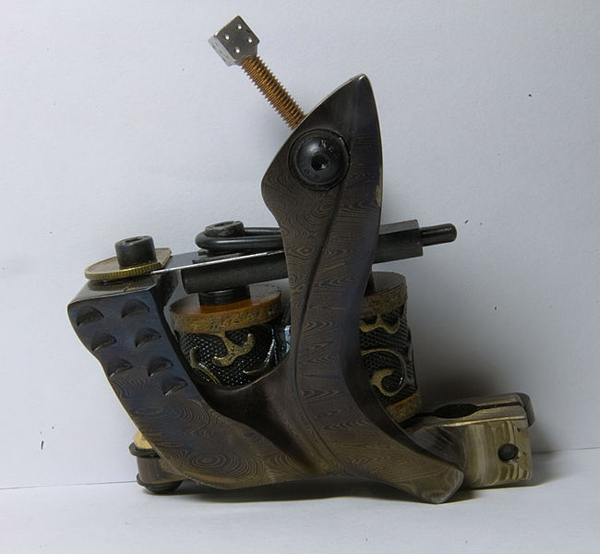
In 1891, Samuel O'Reilly realized the potential of Edison's electric pen. Adding an in reservoir and tube system to feed the needle using an electric (rotary) motor, the modern machine was born. Source: Wikipedia
-
Advanced Rotary Needle
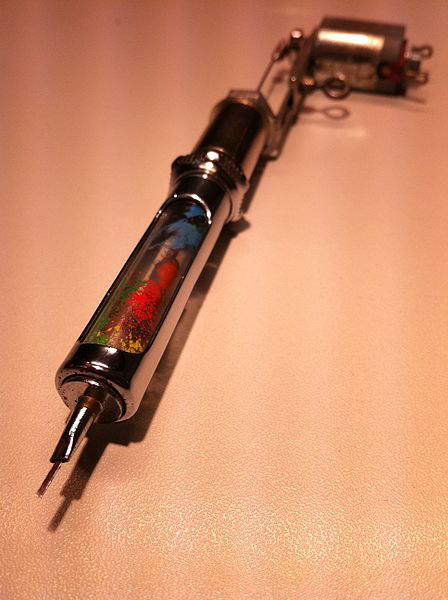
A more condensed, modern version of O'Reilly's rotary machine. Source: Wikipedia
-
Modern Electro-Magnet Machine
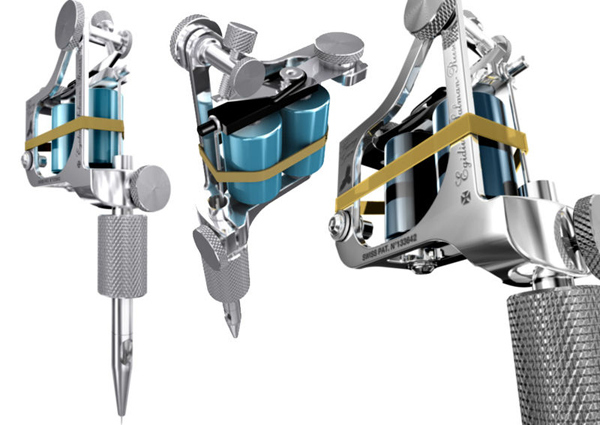
Today's tattoo machines run on a two coil (or one or three or any other variation) system. The basic premise is that electromagnetic circuit causes the needle to move up and down. Source: Wikipedia
